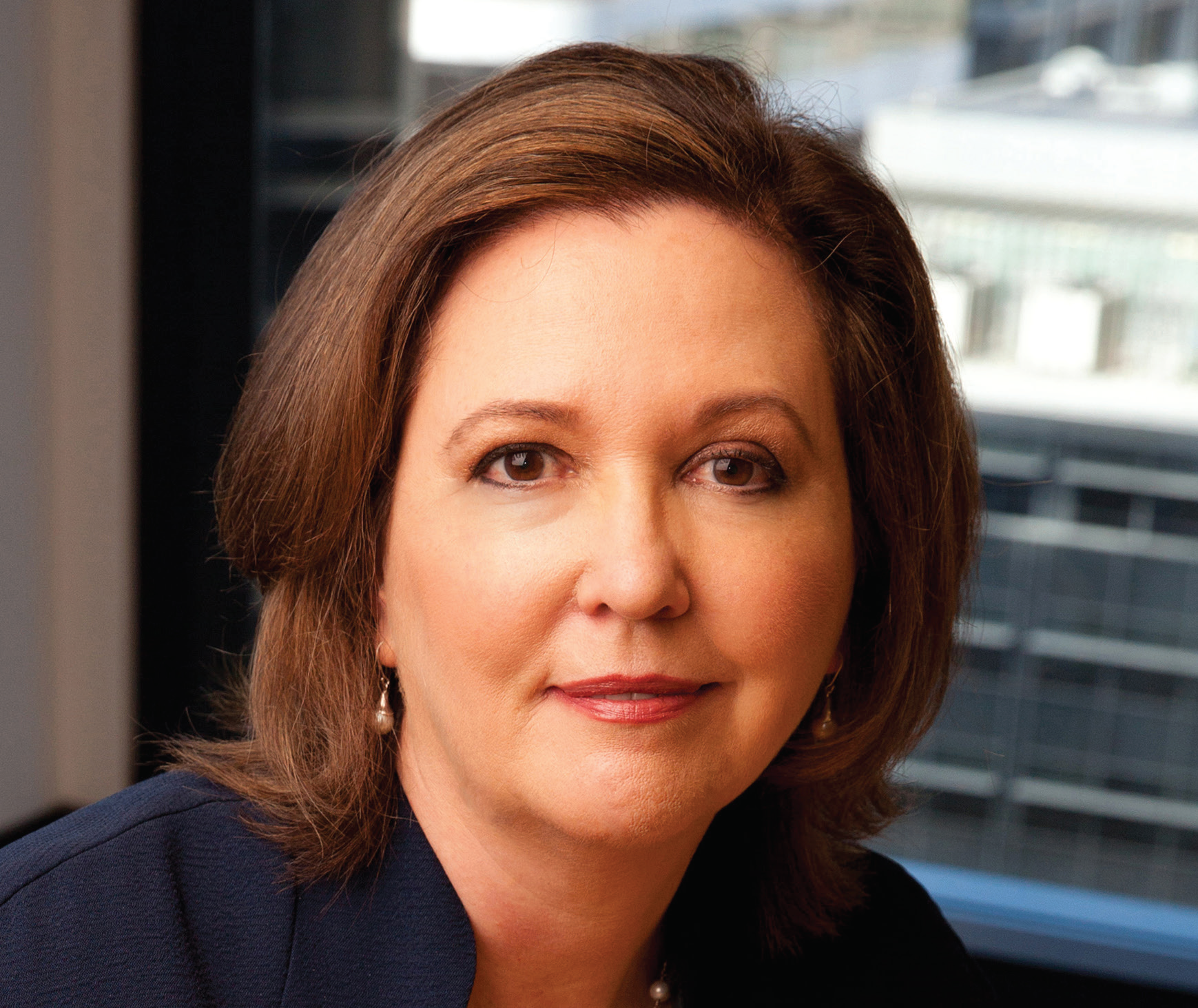

By
In February, ASIC released its draft regulatory guidance outlining its proposed approach to how the best interest duty (BID) will apply to mortgage brokers, providing tangible examples and parameters to aid with compliance, as well as fleshing out the conflict priority rule.
ASIC is expected to publish its final guidance before the BID obligations commence on 1 July 2020. But speaking at the Australian Mortgage Innovation Summit 2020, Mortgage Choice CEO Susan Mitchell said that much of what ASIC’s guidance was about, with respect to the duty, was ensuring that brokers provided evidence of what they were already doing.
She said, “It’s going to be about documenting the conversations that you have with your customers to ensure you have acted in their best interest; to be more specific about certain circumstances surrounding specific issues like the features of a loan and whether you have challenged what your customer is asking you to do.”
The intent of the new regulation, therefore, is simply to refine what brokers are already doing for the customer. But how exactly can brokers document and evidence that they truly are acting in their clients’ best interests? What might this look like in practice?
Jonathan Meadows, general manager of technology at Connective Broker Services, explained, “One thing we’re looking at is making it easier for brokers to record the conversations that they’re having with their clients so that when they need to pull it all together it will be easy and efficient.”
 Meanwhile, Arun Maharaj, CEO at HashChing, said he had already taken steps to roll out automated fact-finders via SMS, with consumers and brokers updated automatically.
Meanwhile, Arun Maharaj, CEO at HashChing, said he had already taken steps to roll out automated fact-finders via SMS, with consumers and brokers updated automatically.
“It’s all about documentation from the start. It needs to be automated,” he said.
Mitchell suggested that complying with BID would also mean brokers would have to listen more to their clients about their personal/subjective circumstances in order to find more bespoke solutions.
“There are complex [client] scenariosthat are not so easy to researchonline. The role of the broker mightevolve to centre more around thosecomplex scenarios” Arun Maharaj, CEO, HashChing
“That way the broker can be very comfortable that the product they’ve suggested will hit all of the client’s goals,” she said.
However, she added, “Considering other regulatory changes, there’s more than just BID. There are also changes to clawback reform, to broker remuneration structures, and investigations into brokers’ misconduct ... remuneration changes which happened 18 months ago before the royal commission as part of an ASIC review.”
In such an environment, will brokers find it more difficult to earn customers’ trust, or to ensure that customers have products that are right for them, by really getting to know them throughout the different stages of their homebuying journey?
Maharaj believes that when open banking hits, there will be real implications for the mortgage industry, mainly in terms of customers being able to switch products more easily.
“A lot of our brokers are working referrals, and they pay the referral fees, but they still have to pay from their own pockets,” he says.
 Jonathan Meadows, general manager of technology, Connective Broker Services
Jonathan Meadows, general manager of technology, Connective Broker Services
Collaboration with lenders
With all this in mind, is it the role of the broker or the lender, or both, to ensure customers are satisfied with the whole buying journey?
Meadows believes the responsibility falls on both the broker and lender, who must work together.
“From a broker perspective, it’s not always necessarily solely about the product you are providing; it’s also about the services a lender can provide,” he said. “For example, I love my internet banking and my apps. So if my broker was with a bank that I had to walk into and make a phone call with, it would be a really poor service for me. So there’s a consideration, from a broker’s perspective, to ask, ‘Am I putting the right customer with this bank that has these limited features?’”
However, Mitchell pointed out that the banks had a bit of “a hard gig”. She said, “Brokers’ clients aren’t excited about the loan; they’re excited about the house, and it’s really important for the broker to remember that.”
“The bank might have a 10-year relationship with the client taking money out of their account. It’s a hard gig, on top of all the regulatory pressure.”
She added, “Over the last 18 months the lenders are taking a lot of the pressure for the majority of delays to loans, with brokers passing the baton to the banks.”

Dealing with digital clients
Increasingly, clients are coming to brokers having already done copious amounts of research by utilising online channels such as comparison websites.
According to Maharaj, the most searched-for term by homeowners is ‘product calculators’, and 90% of the time a consumer will go to a lender’s website to work out the cost of products, then they go to property sites, and then they come to the broker sites.
Maharaj explained, “It is said that 70% of all property customers know what they want before they get to a broker. They just want some sort of guidance, with 30% of that 70% researching on mobile.”
Given how much these customers are getting their information online, brokers might want to consider growing their online presence, and they need to make sure they’re engaging customers.
Mitchell said that when it came to digital customer acquisitions, about 80% of customers were coming from online, but regulatory and compliance structures, documentation, etc., were actually preventing the process from becoming more digital.
“We’re still one step away from a straightforward digital processing solution that looks at a panel of 30 and puts them in a product,” she said.
Pros and cons of open banking
While open banking is expected to provide real choice and be a great driver of change for the industry, Meadows said it was also going to make it easier for clients to switch between products and services, so there would be a real challenge in trying to keep those clients.
Agreeing, Mitchell added that there was “no loyalty” to products any more as house prices have kept on rising.
She said, “People can’t afford loyalty. They want to earn as much interest as they can, to get as cheap a loan as possible, and they want to be able to get the right price for their house. There’s no opportunity for loyalty; it is being pushed out by the level of expenses.”
But products are also much easier to find and access now than ever before, and this is likely to proliferate with the start of open banking.
Maharaj added, “So the faster you are, the better you are. Take UberEats for example. Nowadays, millennials will want to know where they are at every step of the process. So, going forward, lenders will have to step up or the customers will go somewhere else.”
Maharaj said that, along with customers’ data, banks would also start sharing product data.
“Platforms can now pick that up and do mini comparison sites for their brokers, which helps BID because the broker will be able to feed consumer comparatives in real time, and I think that’s huge. It will drive more traffic,” he says.
“It will also be easier to switch products with all the data coming through. Though that’ll be another headache for some of us. I actually think open banking is still two years away because there’s still a lot of work that needs to be done. But it has the potential to change the demographics of broking in the country.”
Value of face-to-face interaction
When it comes to things like lodging income and expense statements with lenders, simpler transactions would be likely to go through automated mechanisms, according to Maharaj.
Mitchell added that the more complicated ones would end up being handled face-to-face.
“It wouldn’t surprise me if broking became a little more integrated into financial advice. Reverse mortgages, etc., are the sort of thing you would want to come out of such a relationship,” she explained.
“For instance, you get a person who has a small business – it’s in a family trust; they have two investment properties; they just got divorced ... but that’s not going to be programmed. It wouldn’t be worth their time and effort. So that person has to go see somebody.
“A machine can get you a long way down the line, but people still value person-to-person interactions,” Mitchell said.
Technology would never replace trust, and trust was what was needed, Maharaj agreed.
Meadows concluded that the role of the broker was about guiding the customer; being more of a partner and sounding board for advice.
He said, “Product data is easily more accessible; people can now do their research beforehand. But there are complex scenarios as well that are not so easy to research online. The role of the broker might then evolve to centre more around those complex scenarios.”
